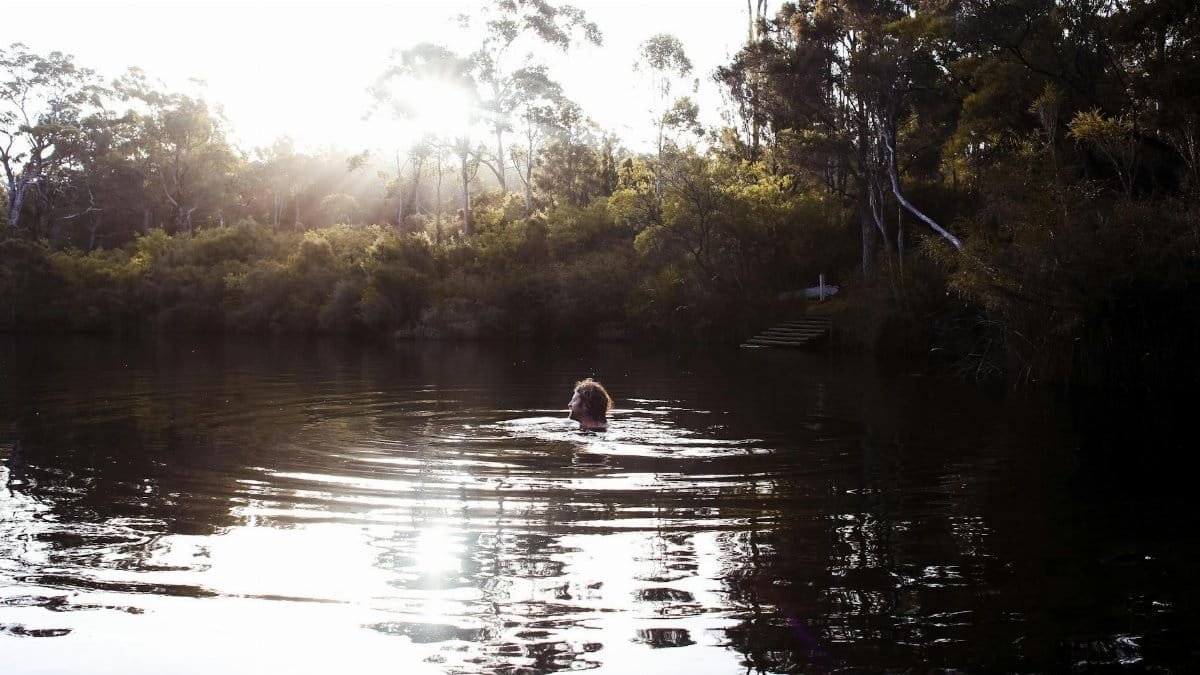Imagine a quiet grove, dappled sunlight filtering through ancient trees, and a surprising figure stepping into the stillness: a Hollywood A-lister. It’s not a movie set, but a growing reality as celebrities embrace forest bathing wellness. This Japanese practice, known as shinrin-yoku, involves immersing oneself in nature to reduce stress and boost well-being. What started as a niche ritual has become a go-to for stars seeking solace from the glare of fame. From Gwyneth Paltrow to Chris Hemsworth, high-profile names are touting its benefits, sparking curiosity among fans. Why are the rich and famous trading red carpets for forest trails? The answer lies in a blend of science, spirituality, and a desperate need for balance in a hyper-connected world. This isn’t just a trend—it’s a quiet rebellion against modern chaos.
The Roots of Forest Bathing
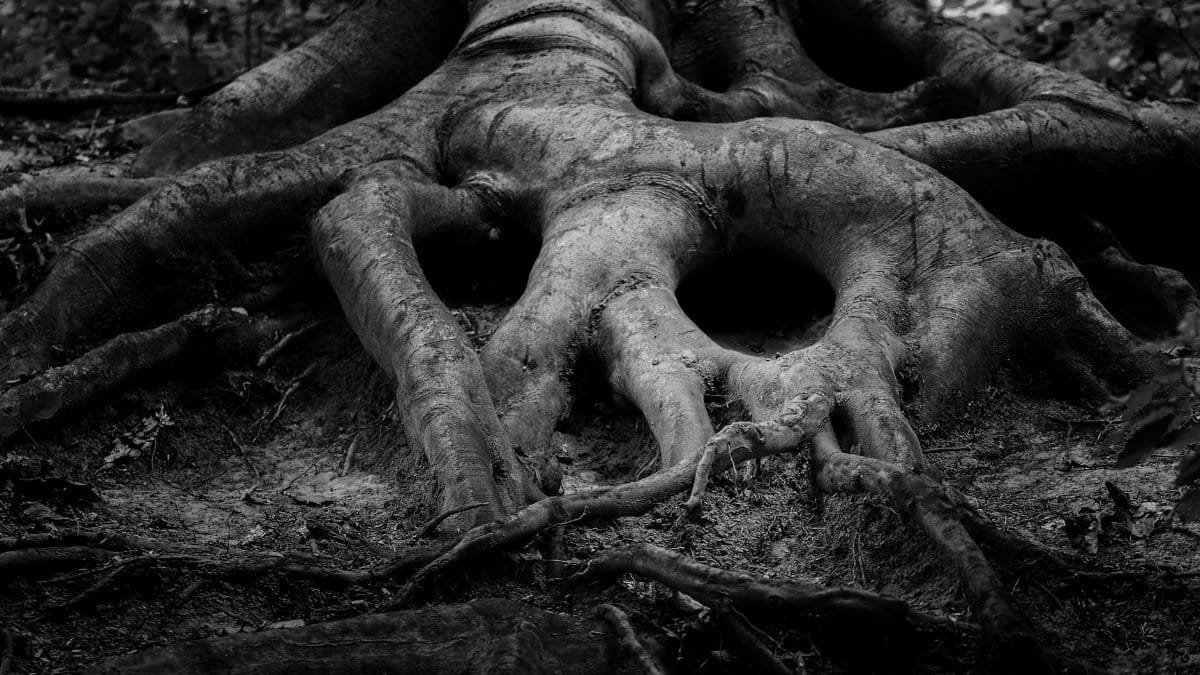
Forest bathing isn’t new, though its spotlight in celebrity circles might suggest otherwise. Originating in Japan in the 1980s, shinrin-yoku was developed as a public health initiative to combat urban stress. The idea is simple: spend time in nature, engage your senses, and let the environment heal you. Studies from that era, like those archived by the National Institutes of Health, showed that time in green spaces lowered cortisol levels and improved mood. Japan even designated specific forests as therapeutic sites. For celebrities, whose lives often unfold in concrete jungles or under studio lights, this practice offers a rare chance to unplug—literally and figuratively. It’s not just about aesthetics; it’s about survival in an industry that thrives on burnout.
Why Celebrities Are Drawn to the Woods
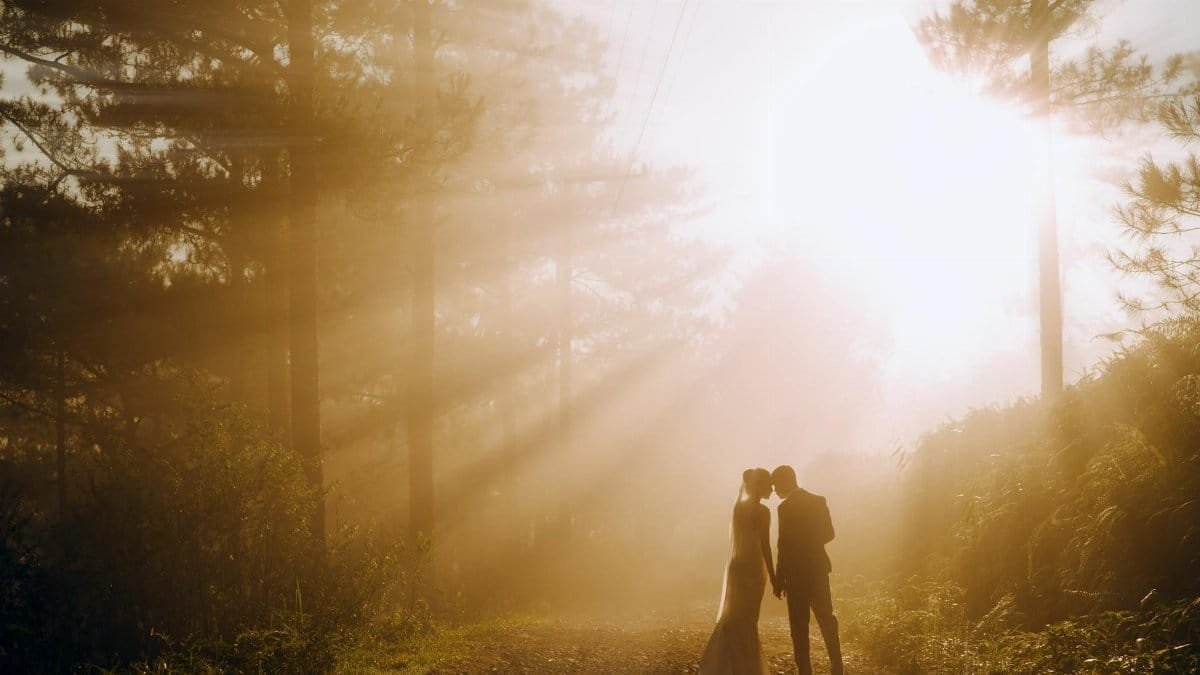
Picture a star like Justin Bieber, whose every move is dissected online, finding peace among towering pines. Fame comes with unrelenting pressure—paparazzi, packed schedules, and the constant demand to perform. Forest bathing offers an antidote. Therapists note that nature immersion can act as a reset button, a way to escape the digital noise that amplifies celebrity stress. A 2019 study from Frontiers in Psychology found that just 20 minutes in a natural setting can significantly reduce anxiety. For public figures, whose mental health struggles often play out in headlines, this low-key practice is a shield. It’s private, unscripted, and doesn’t require a press release.
Beyond science, there’s an element of authenticity. Celebrities are often seen as detached, but stepping into nature strips away the glamour, grounding them in something universal. It’s a reminder they’re human, too.
A Social Media Wellness Wave

Scroll through Instagram in 2025, and you’re bound to spot a celebrity posting from a woodland retreat—think serene selfies with captions about “recharging in nature.” Social media has turbocharged the visibility of celebrities forest bathing wellness. When someone like Zendaya shares a story of hiking through a forest, it’s not just a personal moment; it’s a cultural signal. Fans take note, wellness brands pounce, and suddenly, forest bathing retreats are booking up. This isn’t mere vanity. A report from Pew Research Center highlights how influencers—celebrities included—shape public behavior, especially in health trends. For better or worse, a single post can turn an ancient practice into a must-try experience overnight.
The Science Behind the Hype

Is this just another celebrity fad, or does forest bathing deliver? The data leans toward the latter. Research published through Nature Scientific Reports in 2019 confirmed that exposure to forest environments boosts immune function by increasing natural killer cell activity, thanks to phytoncides—chemicals released by trees. Blood pressure drops, heart rates stabilize, and mental clarity improves. For celebrities juggling grueling film shoots or world tours, these measurable effects are a lifeline. One anonymous account shared online described a palpable shift after a weekend in the woods: “It was like my brain finally turned off the static.” Science backs up that feeling, proving this isn’t just placebo or privilege—it’s physiology.
Accessibility Challenges in the Spotlight
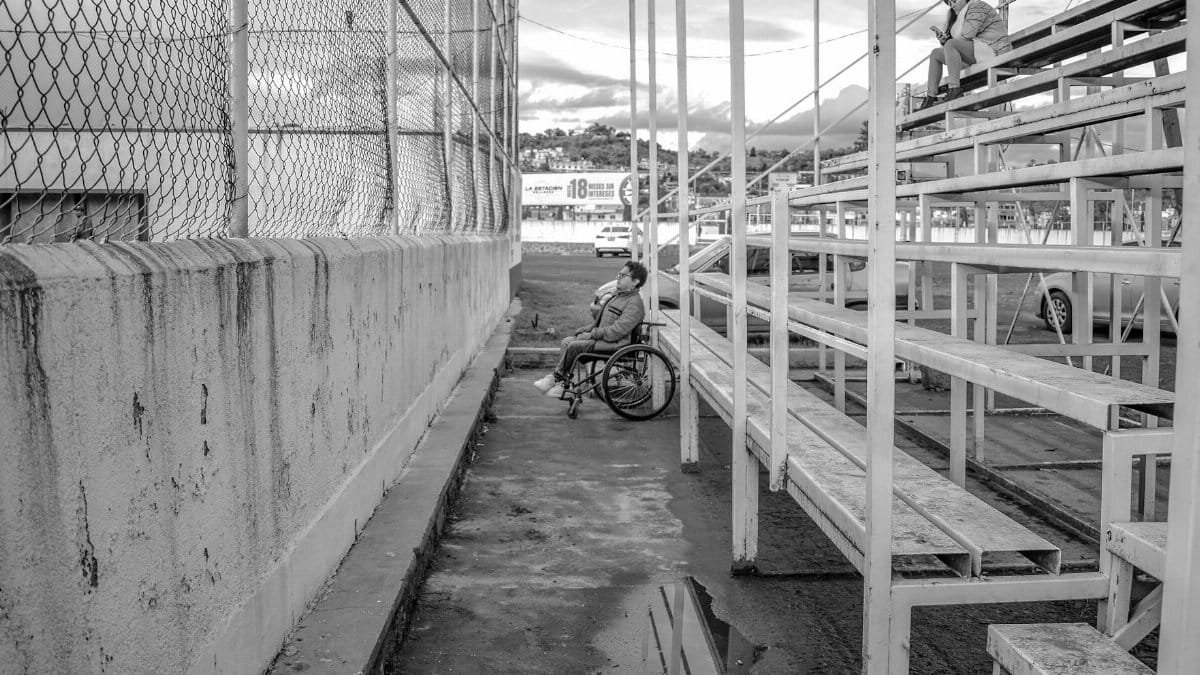
Here’s the rub: not everyone can escape to a pristine forest at will. While celebrities might jet off to remote retreats in Big Sur or the Pacific Northwest, the average American faces barriers. Urban dwellers, especially in underserved communities, often lack access to safe, green spaces. Time and money are hurdles, too. A-list stars can afford guided forest bathing sessions costing hundreds per hour, but for many, a local park—if it exists—must suffice. This disparity raises questions about equity in wellness. If celebrities forest bathing wellness is to inspire a broader movement, advocates argue, public policy must prioritize accessible nature. Otherwise, it risks becoming another luxury good, out of reach for most.
Still, small shifts are happening. Community groups in cities like Detroit and Atlanta are reclaiming vacant lots for green projects, inspired partly by the visibility of nature-based healing.
Cultural Resonance Beyond Hollywood
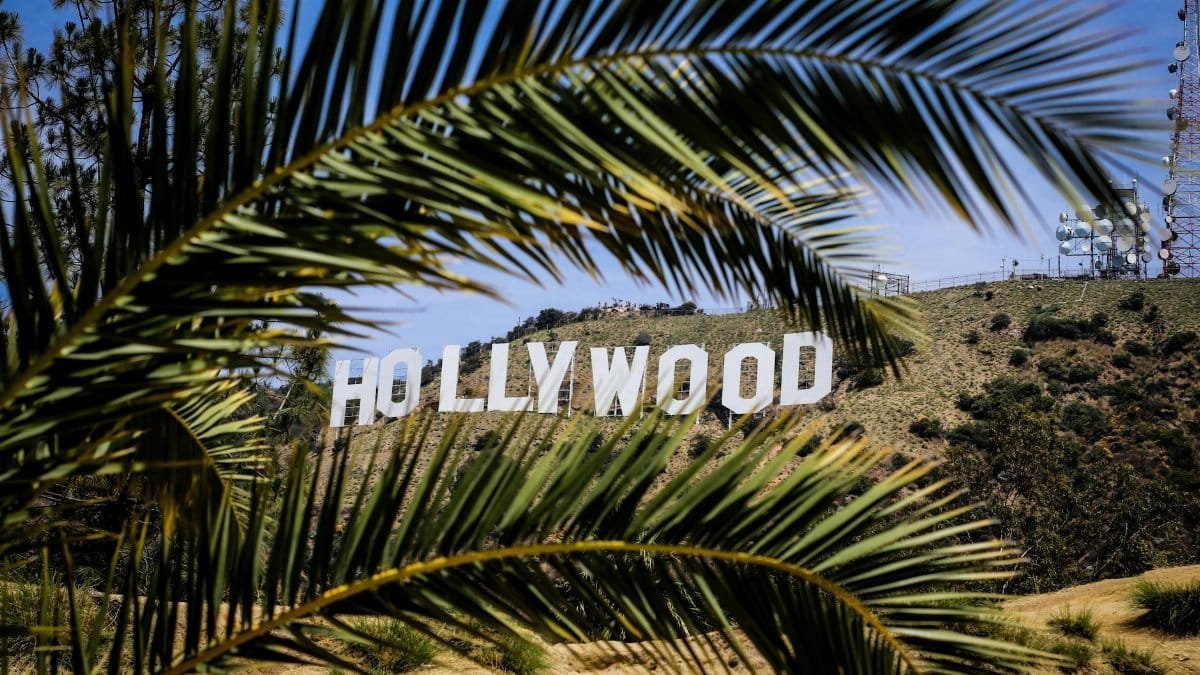
Forest bathing’s appeal isn’t confined to the elite; it taps into a deeper American yearning. In a nation where over 80% of people live in urban areas, disconnection from nature feels acute. Celebrities may amplify the trend, but everyday folks are listening. Take a middle-aged couple in suburban Ohio, overheard at a local trailhead last fall: “If it’s good enough for Oprah, we figured we’d try it.” Their laughter hid a serious intent—to reclaim calm in a world of endless notifications. This practice resonates because it counters the hustle culture that defines so much of modern life. It’s less about mimicking stars and more about rediscovering what’s been lost amid asphalt and algorithms.
The Commercialization Conundrum

As celebrities forest bathing wellness gains traction, so does its marketability. Luxury resorts now offer “forest bathing packages” complete with mindfulness coaches and organic smoothies—often at eye-watering prices. Wellness apps pitch guided meditations for “virtual forest walks,” a far cry from the real thing. While this expansion spreads awareness, it also dilutes the practice’s simplicity. Shinrin-yoku was never meant to be a commodity; it was a public health tool, free to anyone with access to trees. Critics worry that commercialization could alienate those who need it most, turning a grounding ritual into another status symbol. Yet, for now, the buzz keeps growing, fueled by star power and savvy marketing.
Personal Stories Fueling the Movement
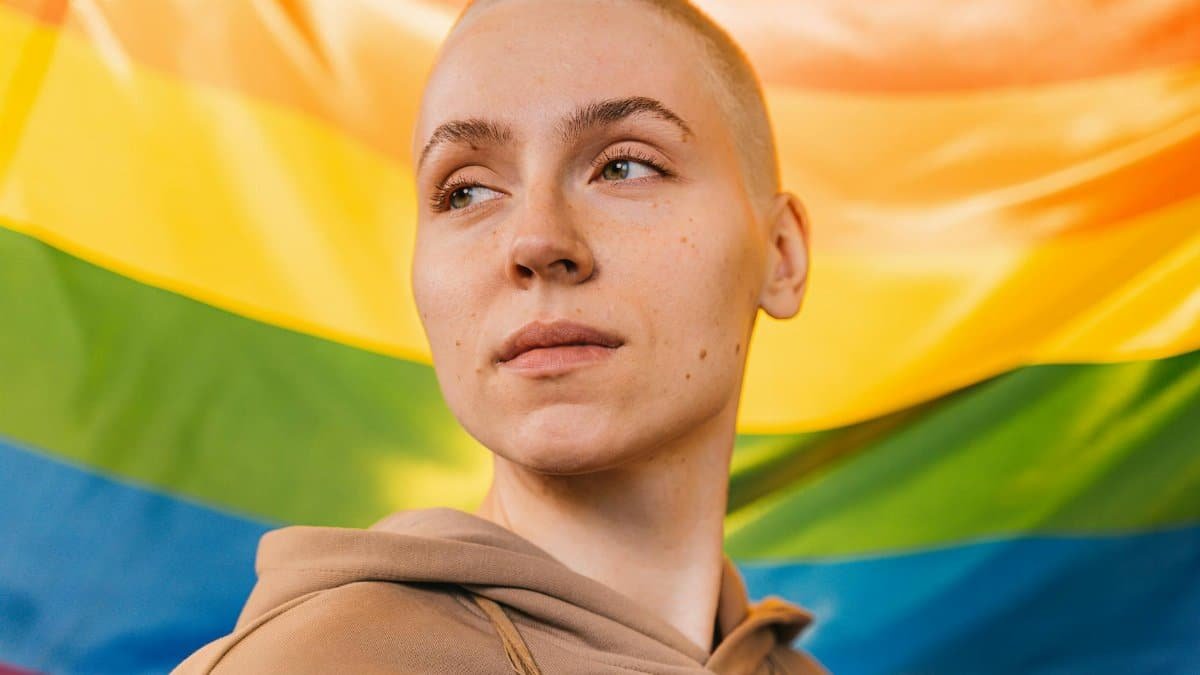
Beneath the glossy endorsements lie raw, relatable experiences. A lesser-known actress recently shared anonymously in a public forum how forest bathing pulled her through a career slump. “I’d lost my confidence, my center,” she admitted. “Sitting under an oak, hearing nothing but wind, reminded me who I was before the auditions.” Her words echo a universal ache—for stillness, for meaning. Celebrities might have bigger platforms, but their struggles with anxiety or overwhelm mirror ours. These snippets, often buried in interviews or casual posts, reveal why forest bathing sticks. It’s not just a photo op; for many, it’s a lifeline, a way to stitch together fragmented lives in a relentless industry.
Looking Ahead With Cautious Optimism

What’s next for this quiet revolution? As more celebrities champion forest bathing wellness in 2025, its ripple effects could reshape wellness culture. Public interest is already spiking—local parks report higher foot traffic, and schools are piloting nature-based mindfulness programs. Yet, balance is key. If the practice becomes too tied to celebrity glitz, it might lose its soul. The challenge lies in keeping it accessible, authentic, and grounded in its original intent: healing through nature, no VIP pass required. For now, whether you’re a star or a suburbanite, the forest waits. It doesn’t care about your follower count—just your willingness to show up and breathe.
